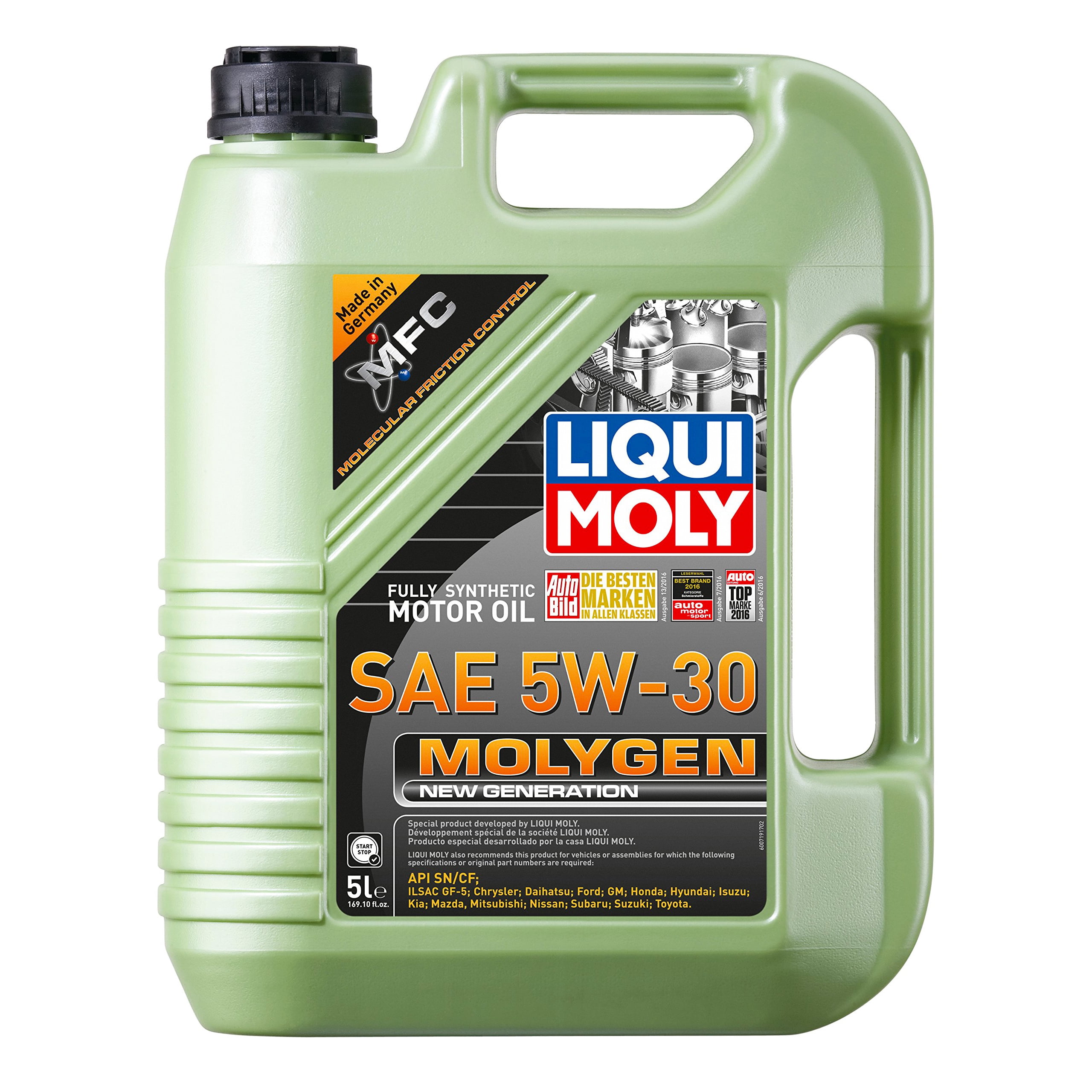Have you ever stopped to think about the ancient stories, the ones that whisper of powerful remedies and hidden strengths? It's almost as if these old tales hold little bits of truth, offering us a glimpse into ways people once thought about protection and endurance. There's a particular idea, "moly vivent," that brings to mind a kind of living shield, something that keeps you safe and sound. It's a concept that stretches back a very long time, way before modern science, yet it still seems to resonate with how we think about keeping things going, keeping them well.
This idea, "moly vivent," seems to suggest a lively, active form of safeguard, a kind of constant presence that wards off trouble. It pulls from a rich history, particularly from some very old writings that talk about a special plant. This plant, known as moly, had some pretty impressive abilities, particularly when it came to fending off bad magic or harmful substances. So, it's really about more than just a simple plant; it’s about the enduring quality of something that offers defense, whether it's against a witch's spell or just the wear and tear of everyday life, you know?
The story of moly itself is quite fascinating, taking us back to ancient Greece and then, surprisingly, bringing us right up to how we understand things today. It shows how a single concept can travel through time, changing its shape a bit but always keeping its core meaning of protection and resilience. We will explore where this idea comes from, what it meant in the old stories, and how it connects to things we can actually see and touch in our world, kind of like your own personal guardian.
Table of Contents
- What is Moly and its Enduring Moly Vivent Qualities?
- Moly Vivent in Ancient Stories - The Gift of Hermes
- The Magical Traits of Moly Vivent
- How Does Moly Vivent Connect to Our World?
- Moly Vivent - From Mythology to Modern Materials
- The Protective Action of Moly Vivent in Practice
- Where Else Does Moly Vivent Appear in Thought?
- Could Moly Vivent Be a Real Plant?
What is Moly and its Enduring Moly Vivent Qualities?
The name "moly" carries a bit of mystery, doesn't it? In the old stories, it's not just any plant; it's a special kind of herb, one that holds extraordinary powers. When we think about "moly vivent," we're really talking about the lively, active essence of this plant, its ability to persist and protect. This mythical herb, as described in some very old writings, had a distinctive look: a root that was quite dark, almost black, and flowers that were pure white. This striking contrast, honestly, seems to hint at its unique dual nature, perhaps its power to work against darkness or harm.
This idea of moly being a magical herb, a kind of "moly vivent" in itself, shows up in some very famous tales. One of the most well-known mentions comes from a very old Greek epic, Homer's Odyssey. In that story, a hero named Odysseus found himself in a truly tricky spot, facing a powerful sorceress named Circe. She had a habit of turning people into animals, which, you know, is not ideal. It was in this moment of great peril that moly made its grand entrance, offering a way out, a true living shield for the hero.
The concept of "moly vivent" here is pretty clear: it’s about a living thing providing a shield, a safeguard. It wasn't just a passive object; it was something that actively worked to counteract a harmful effect. The descriptions of moly often speak to its capacity to make someone invulnerable or to reverse enchantments. This suggests a very active, almost breathing kind of protection, which is really at the heart of what "moly vivent" means in these older contexts. It's a rather compelling thought, isn't it?
Moly Vivent in Ancient Stories - The Gift of Hermes
So, in Homer's Odyssey, the hero Odysseus was in a bind. He was on Circe's island, and she was turning his companions into pigs. Not a good situation at all, as a matter of fact. It was at this critical point that the god Hermes, who often helped heroes, stepped in. Hermes, a messenger of the gods, gave Odysseus this special herb, moly. This gift wasn't just a nice gesture; it was given for a very specific and important reason: to keep Odysseus safe from Circe's powerful potions and spells. The idea of "moly vivent" really comes alive here, as it was a living thing providing a direct, active defense.
Odysseus needed something that could stand up to Circe's magic, something that could stop her from doing her worst. The moly, in this story, acted as a kind of antidote, a counter-spell in plant form. It allowed Odysseus to approach Circe without falling victim to her enchantments, giving him a fighting chance to save his friends and continue his long journey home. This moment, you know, highlights the incredible value placed on this plant, showing it as a true life-saver, a vibrant, active protector.
The fact that a god, Hermes, provided this herb also speaks volumes about its significance. It wasn't just a common plant; it was a divine gift, imbued with special properties that could only come from the gods themselves. This really cements moly's place as a powerful symbol of protection and resistance against overwhelming forces. It represents a kind of enduring, living resilience, a true "moly vivent" that stands firm against danger, actually.
The Magical Traits of Moly Vivent
Beyond just protecting Odysseus, the mythical moly is said to have had other extraordinary abilities, adding to its "moly vivent" mystique. One ancient account suggests that moly was created by Gaia, the earth goddess herself, with a very specific purpose: to make the Gigantes, powerful mythical beings, invulnerable. This particular detail suggests a plant with truly fundamental protective qualities, something that could bestow a kind of unbreakable shield. It's quite a thought, isn't it, a plant so powerful it could make giants immune to harm?
The description of moly, with its black root and white blossoms, also seems to carry symbolic weight. The black root might suggest its connection to the earth's deep, hidden powers, while the white blossoms could represent purity, light, or the ability to ward off darkness. This combination, in a way, paints a picture of a balanced force, capable of dealing with both the seen and unseen dangers. It's a very evocative image, really, for something so potent.
The magical powers attributed to moly weren't just about warding off evil; they were also about counteracting existing enchantments. This is where the idea of "moly vivent" truly shines as an active, restorative force. It wasn't just a passive shield; it was something that could undo harm that had already been done. This makes it a truly dynamic and helpful element in the stories, a plant that actively participates in the well-being of those who possess it, sort of like a living antidote.
How Does Moly Vivent Connect to Our World?
It's fascinating how ideas from ancient myths can sometimes echo in our present-day world, isn't it? The concept of "moly vivent," this active, living protection, seems to pop up in unexpected places. While we don't have magical herbs that literally stop spells, the underlying principle of something providing a vital shield against wear and tear or harmful effects is very much a part of our modern lives. It’s almost as if the old stories gave us a framework for thinking about defense and endurance, even if the specific applications have changed quite a bit.
When we look at the properties attributed to moly in the myths, like its ability to protect against poison or make things invulnerable, we can find parallels in how we use certain materials today. We seek out things that can reduce friction, prevent damage, or simply make something last longer. This desire for lasting protection, for something that acts as a continuous safeguard, is a very human trait, and it speaks to the enduring nature of the "moly vivent" idea. It's really about keeping things in good working order, isn't it?
So, while the mythical moly might be a product of imagination, the core concept it represents – active, living protection – is something we actively pursue and develop in our daily lives. It’s a subtle connection, perhaps, but a rather strong one when you consider the fundamental need for things to endure and stay safe. This ongoing quest for protective qualities, in a way, keeps the spirit of "moly vivent" alive and well in our contemporary thinking, you know?
Moly Vivent - From Mythology to Modern Materials
It might seem like a big leap from a mythical herb to something we use in engines, but the concept of "moly vivent" – an active, protective agent – bridges that gap. There's a chemical element called Molybdenum, often shortened to "moly" in certain circles, that has some rather interesting properties. One of its compounds, molybdenum disulfide (MoS2), is particularly relevant here. This substance is known for its incredible lubricating abilities, and it’s actually used in some pretty important applications, like in engines. It's sort of like a modern-day protective layer.
Instead of metal parts grinding against each other, which causes wear and tear, you have these tiny moly platelets. These platelets, you know, slide across one another, creating a very smooth surface. This action effectively protects and lubricates the metal engine parts. So, in a very real sense, it acts as a "moly vivent" for the machinery, a living, active barrier that keeps things running smoothly and extends their lifespan. It's quite a clever application of material science, honestly.
This coating of molybdenum disulfide does something very similar to what the mythical moly was said to do: it fills in the tiny imperfections on metal surfaces. By doing this, it creates a much more even and slippery interface, which greatly reduces friction and prevents damage. This practical application of "moly vivent" principles shows how the idea of a substance actively protecting and preserving can translate from ancient stories into tangible technological solutions. It’s a pretty neat parallel, if you think about it.
The Protective Action of Moly Vivent in Practice
When we consider the practical application of molybdenum disulfide, the "moly vivent" idea truly comes to life in a mechanical sense. Imagine the moving parts inside an engine. Without proper lubrication, these parts would rub together, creating a lot of heat and friction, which would quickly lead to wear and eventual breakdown. This is where the moly coating steps in, acting as a crucial safeguard. It's almost like a tiny, invisible shield for the metal, preventing it from tearing itself apart.
The way this coating works is rather clever. It doesn't just sit there; it actively participates in the mechanics of the engine. The moly platelets move and slide, creating a dynamic layer that continuously protects the surfaces. This constant, active protection is what makes it a practical example of "moly vivent." It's not a one-time fix; it's an ongoing process of preservation, keeping the engine components safe from the harsh realities of constant movement and pressure. It's a pretty vital role, actually.
This protective action helps to extend the working life of machinery, making it more reliable and efficient. Just as the mythical moly protected Odysseus from Circe's harmful magic, modern "moly" protects intricate engine parts from the damaging effects of friction. This tangible benefit, the way it makes things last longer and perform better, really underscores the enduring appeal of the "moly vivent" concept – the idea of something actively contributing to the longevity and well-being of whatever it interacts with, you know?
Where Else Does Moly Vivent Appear in Thought?
The influence of the mythical moly, and by extension the concept of "moly vivent," isn't confined to ancient Greek tales or modern engineering. This powerful idea of a protective, counteracting force has found its way into other forms of storytelling and thought over time. It's interesting to see how different writers and thinkers have picked up on this ancient concept and given it new life, often adapting its meaning to fit their own narratives. It suggests a deep-seated human fascination with powerful remedies and safeguards, as a matter of fact.
For example, a very famous English poet, John Milton, made a direct reference to moly in his writings. He spoke of "that moly / that Hermes once to wise Ulysses gave." This shows how the story of moly and its protective qualities had persisted through centuries, becoming a recognizable symbol in literature. Milton's use of it, you know, reinforces the idea of moly as a symbol of divine protection and wisdom, a true "moly vivent" for the mind and spirit.
More recently, the concept has even appeared in popular modern fiction. In the Harry Potter stories, for instance, moly is described as a powerful plant that can be eaten to counteract enchantments. This modern take on the ancient herb continues the tradition of moly as a magical antidote, a living shield against magical harm. It just goes to show how enduring and adaptable the idea of "moly vivent" truly is, capable of finding a place in new imaginative worlds.
Could Moly Vivent Be a Real Plant?
It's natural to wonder if the mythical moly, with its incredible "moly vivent" properties, might have been inspired by a real plant. While there's no single plant that perfectly matches all the magical descriptions, some researchers and thinkers have proposed interesting connections. The idea that ancient stories might contain kernels of truth, perhaps observations about the natural world, is a pretty compelling one, isn't it?
One particular theory suggests that the description of moly – with its black root and white blossoms – fits a specific flower found in the region where the Odyssey's events might have taken place. This flower is the snowdrop. The snowdrop is a small, delicate plant that blooms in late winter or early spring, and it does indeed have white flowers and a bulb that can appear quite dark, which sort of aligns with the ancient description.
What makes the snowdrop connection even more intriguing is its chemical composition. The snowdrop contains a substance called galantamine. This compound is an anticholinesterase, which means it can affect the nervous system. Some of the symptoms described for those affected by Circe's poison in the Odyssey – like amnesia, hallucinations, and delusions – could potentially be counteracted or altered by a substance like galantamine. So, in a way, the snowdrop could be seen as a kind of natural "moly vivent," offering a real-world parallel to the mythical antidote, actually.
This connection between the mythical moly and the real-world snowdrop offers a fascinating bridge between ancient tales and modern science. It suggests that the powerful, protective qualities attributed to moly might have had a basis in the observed effects of certain plants. It gives us a new appreciation for how ancient people might have understood the world around them, finding natural remedies that, in their own way, acted as a kind of living protection, a genuine "moly vivent" from the earth itself, you know?



Detail Author:
- Name : Kirsten Sipes II
- Username : xdach
- Email : davis.flossie@halvorson.com
- Birthdate : 1993-05-06
- Address : 382 Kling Square Suite 543 North Zoraborough, VA 92575-1267
- Phone : +1-936-217-5079
- Company : Luettgen, Haley and Koelpin
- Job : Elementary and Secondary School Administrators
- Bio : Sunt quos rerum labore rerum quaerat qui corrupti. Temporibus explicabo quia reprehenderit vero repellendus suscipit sit neque. Expedita ipsam cupiditate qui ut.
Socials
linkedin:
- url : https://linkedin.com/in/baumbachs
- username : baumbachs
- bio : Dolorum saepe tempora itaque impedit.
- followers : 5076
- following : 1461
instagram:
- url : https://instagram.com/baumbachs
- username : baumbachs
- bio : Ut perspiciatis at fuga qui. Molestiae adipisci doloremque sit et. Tenetur et laudantium eveniet.
- followers : 6968
- following : 1850
twitter:
- url : https://twitter.com/susana_real
- username : susana_real
- bio : Rerum soluta et doloremque nisi nostrum repudiandae deleniti dolorem. Quasi omnis quis qui deleniti. Minus aut blanditiis et et perferendis qui quibusdam.
- followers : 4400
- following : 878
tiktok:
- url : https://tiktok.com/@baumbach2015
- username : baumbach2015
- bio : Quam qui asperiores ut cupiditate aliquam.
- followers : 1637
- following : 1692
facebook:
- url : https://facebook.com/susana_baumbach
- username : susana_baumbach
- bio : Nemo ullam et accusantium qui vitae doloremque nesciunt.
- followers : 3868
- following : 1369

